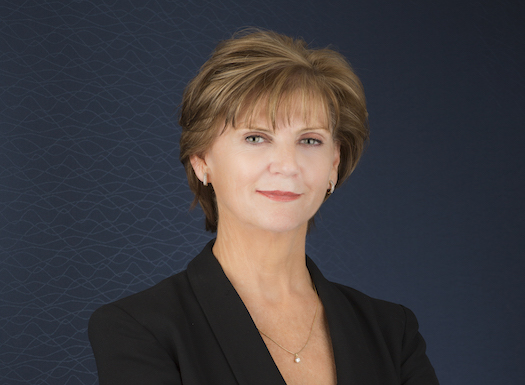Joan Warner, CEO of Commercial Radio Australia, weighs in on John Patkin’s article “AM/FM/DAB+ is an endangered species.”
John Patkin wrote in AsiaRadioToday that “AM/FM/DAB+ is an endangered species”.
I disagree, as do all informed and experienced international media industry experts. In fact veteran Australian entrepreneur and media buyer Harold Mitchell described radio not as endangered but as the cockroach of the media industry – the great adaptor and survivor.
Mr Patkin cites Apple possibly changing an audio socket as the death of radio. These pronouncements have been made in the past based on bigger changes and yet broadcast radio still thrives complemented by social media, podcasts and simulcast. In fact, Apple only ever included radio in an early product, the Nano, but like other streaming services tries very hard to emulate radio when creating music streaming products. Why? Because radio is successful. In Australia commercial radio enjoyed a strong year in 2015, with a record numbers of listeners across all demographics. In fact in 2015, in the 18-24 age group, 30,000 more listeners tuned in to commercial radio.
While commercial radio stations have enjoyed success with podcasting, simulcasting and engaging listeners throughsocial media platforms, broadcasting remains key to delivering a reliable and robust service to mass audiences. People are now listening to radio via multiple platforms, but traditional broadcast radio is still the preeminent means of consuming radio around the world and is deeply embedded in people’s lives throughout their day. Currently in Australia listeners are spoilt for choice – able to choose from AM/FM or all those stations plus up to 30 more digital only stations on DAB+.
DAB+ is not an “attempt by Industry Bodies to exercise control on an expiring form of audio delivery” but simply radio moving on like television and offering listeners even more of what they want. DAB+ offers multi-channels, flexibility, quality sound, more content and interaction with listeners. DAB/DAB+ is on foot in 40 countries around the world with recent announcements in Indonesia pointing to an ever increasing switchover to DAB+ digital broadcast . Like the analogue television switch off, eventually, so too will analogue radio switch off around the world. Norway is switching off FM in 2017 and Switzerland around 2020-2024.
Car manufacturers in Australia and internationally want broadcast radio in the car because it’s robust and reliable, which mobile networks and wireless connections quite simply are not – even in 4G. In the mature UK digital market, DAB/DAB+ is in 80% of new vehicles. In Australia, after just six years, 27 manufacturers now include DAB+ and 460,000 vehicles have been sold with digital radio.
LG announced last month the launch of the world’s first smartphone with DAB+. Research shows the majority of consumers want DAB+ broadcast chips in phones, with 60% of respondents to a recent survey stating that they would benefit from having a DAB+ broadcast chip in their mobile phone and this would be preferable to having to use streaming on a mobile to access free to air radio. It also will reduce drain on the battery life and, as the multichannels are broadcast, will not impinge on their data as streaming does .
Mr Patkin also wrote “Businesses using the Internet have more control over how they advertise”. Quite the contrary. Businesses using internet only have handed over the keys to a third party. Radio remains the holder of the keys to their broadcast business and their audiences – everyone gets the same information at the same time and they don’t have to pay. Particularly useful in disasters. A report written by Professor Reg Coutts in 2014, finds that mobile broadband communications networks, particularly in regional areas, are not a replacement for broadcast free to air radio. The Coutts Report highlights that even with upgraded 4G networks using the most advanced LTE broadcast mode, there are technical and economic reasons for radio to be delivered using free to air broadcast technology. Streaming costs both broadcasters and listeners money, threatens distribution in emergency situations and crowded areas (as 4G networks go down if too many people use them or become congested and can be disabled during emergency situations) and if everyone listened to the radio via 4G it would lower speeds for others using the internet.
Radio will live on playing to our strengths – free to air, live, local, 24/7, sports, news, information, community – creating a real connection and engagement with the audience. We’re incredibly proud of the enormous goodwill and loyalty from our audiences. By continuing to innovate, we will ensure the ears of the future stay tuned into radio via broadcast seamlessly complemented and supported by social media, podcast and simulcast.

